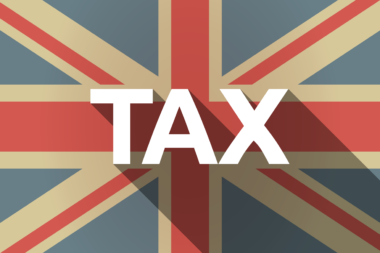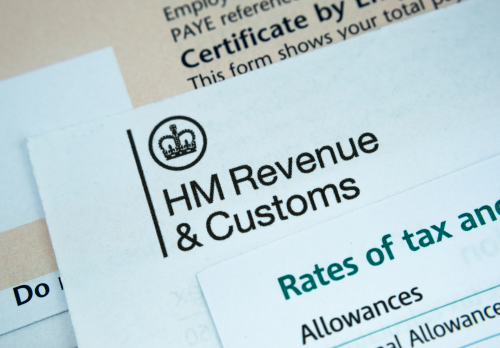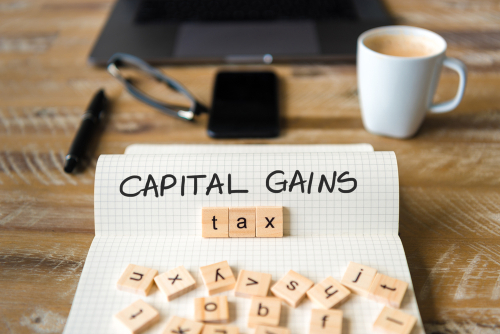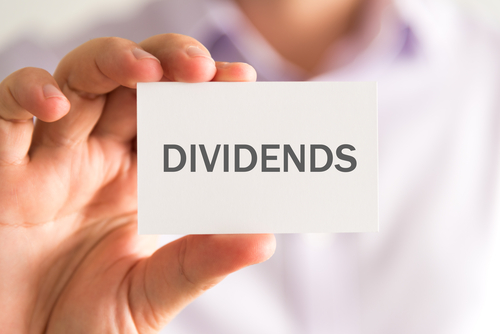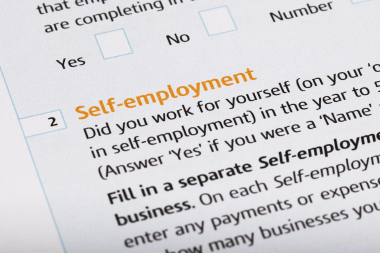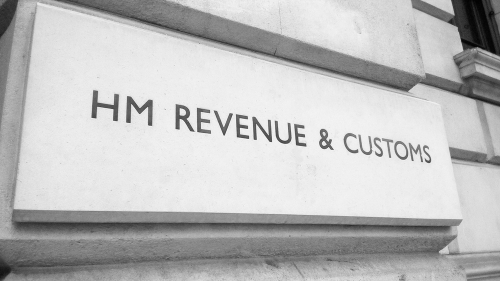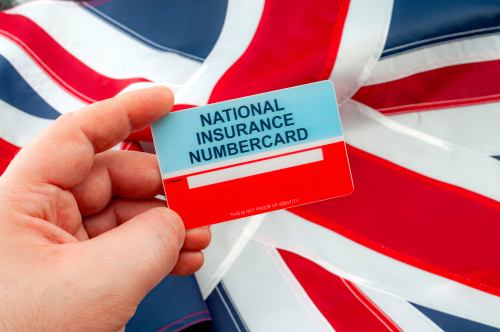
Last October Chancellor Rachel Reeves announced some far-reaching National Insurance changes which will affect employers from April 2025. She also confirmed the rates applying to employees and to the self-employed.
Employers
The 2025/26 tax year starts on 6 April 2025. From that date, the secondary threshold (which is the point at which employers start paying secondary contributions on employees’ earnings unless one of the higher secondary thresholds applies) falls to £96 per week (£417 per month; £5,000 per year). From the same date, the rate at which employers pay secondary contributions is increased from 13.8% to 15%. The fall in the threshold will mean employers may now need to pay secondary contributions for the first time on the earnings of some part-time workers who previously were below the threshold.
There is some help at hand in the form of an increase in the Employment Allowance, which rises from £5,000 to £10,500. From 2025/26, it will be available to larger employers as the former condition that the secondary Class 1 NIC bill in the previous tax year must not exceed £100,000 in order to benefit from the Employment Allowance is lifted. However, personal companies in which the sole employee is also a director remain ineligible.
The rise in the Employment Allowance will mean that smaller employers may find their secondary National Insurance bill falls, despite the cut in the secondary threshold and the increase in the rate. However, at the other end of the spectrum, large employers will face significant hikes in their National Insurance bill.
There are no changes to the upper secondary thresholds. The upper secondary threshold for under 21s, the apprentice upper secondary threshold and the veterans’ upper secondary threshold remain at £967 per week (£4,189 per month; £50,270 per year). Employers looking to mitigate the impact of the changes may wish to take on more workers falling within these categories. The thresholds applying to new employees in Freeports and Investment Zones are also unchanged at £481 per week (£2,083 per month; £25,000 per year).
The Class 1A and Class 1B rates are aligned with the secondary Class 1 rate and these too rise to 15% for 2025/26.
Employees
Employees have been spared from increases in their National Insurance bills. There is no change to the starting point at which contributions become payable as the primary threshold remains at £242 per week (£1,048 per month; £12,570 per year) and retains its alignment with the personal allowance. The upper earnings limit is also unchanged at £967 per week (£4,189 per month; £50,270 per year). The main primary rate remains at 8% and the additional primary rate remains at 2%.
Employed earners whose earnings are between the lower earnings limit and the primary threshold are treated as if they have paid contributions at a zero rate, which gives them a qualifying year for state pension purposes. The lower earnings limit is increased by £2 per week to £125 per week (£542 per month; £6,500 per year).
Self-employed earners
Self-employed earners pay Class 4 contributions if their earnings exceed the lower profits limit. This remains at £12,570 for 2025/26. The main Class 4 rate, payable on profits between the lower profits limit and the upper profits limit, which is also unchanged at £50,270, stays at 6% and the additional Class 4 rate, payable on profits above the upper profits limit, stays at 2%.
Self-employed earners whose profits are between the small profits threshold and the lower profits limit receive a National Insurance credit, which provides them with a qualifying year for state pension purposes. The small profits threshold has increased to £6,845 for 2025/26. Self-employed earners with profits below this can opt to pay voluntary Class 2 contributions to secure a qualifying year. For 2025/26, these are payable at the rate of £3.50 per week.
Voluntary Class 3
Individuals who want to plug a gap in their contribution record can opt to pay voluntary Class 3 contributions if they are not eligible to pay voluntary Class 2. For 2025/26, Class 3 contributions are set at £17.75 per week.

